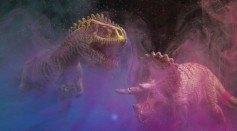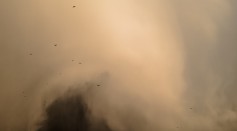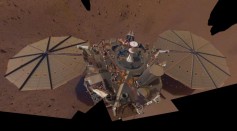dust

Fine Dust from an Asteroid Strike May Have Contributed to Dinosaur Extinction
Quartz Countertops Expose Young Men to Silicosis, Special Measures Needed To Protect the Workers From Lung Damage

How Does Dust HelpEcosystem? Scientists Unravel Its Role in Sustaining Oceans, Controlling Atmospheric Carbon Dioxide Levels

NASA's InSight Mars Lander Bids Farewell on Its Last Message, Sharing What Could Be Its Final Photo

Pink Snow Warning: Here's How This 'Cute' Phenomenon Would Harm Water Supply
Sun a 'Surprising Source' of Unexplained Water on Earth: What is Solar Wind Theory?
Air Pollution: The Culprit To 3.3 Million Deaths Every Year Worldwide
Supernovae Dust ‘Goldmine’ Found at the Center of the Milky Way
Striking It Rich in Supernovae Dust at the Center of the Milky Way Galaxy
Most Popular

How Technology Is Changing the Real Estate Industry?

How a Plant-Based Diet Can Protect Against Breast Cancer: Insights from Nutrition Research

Study Reveals High Turnover in Scientific Research Careers: What This Means for Future Scientists

Why It's So Difficult to Lose Weight: The Biological Explanation Behind Obesity






